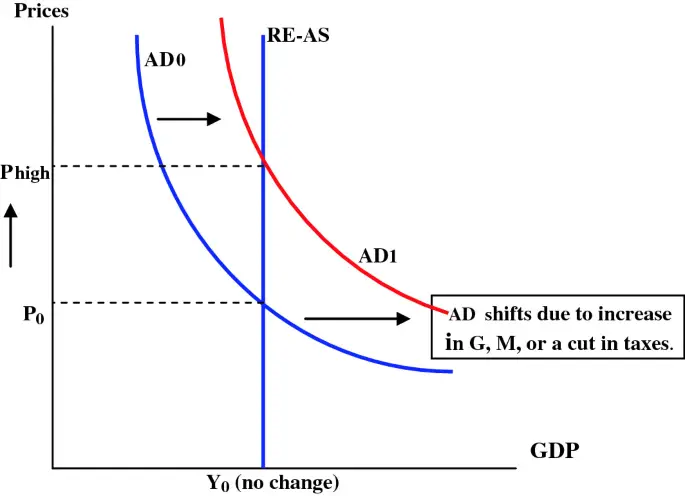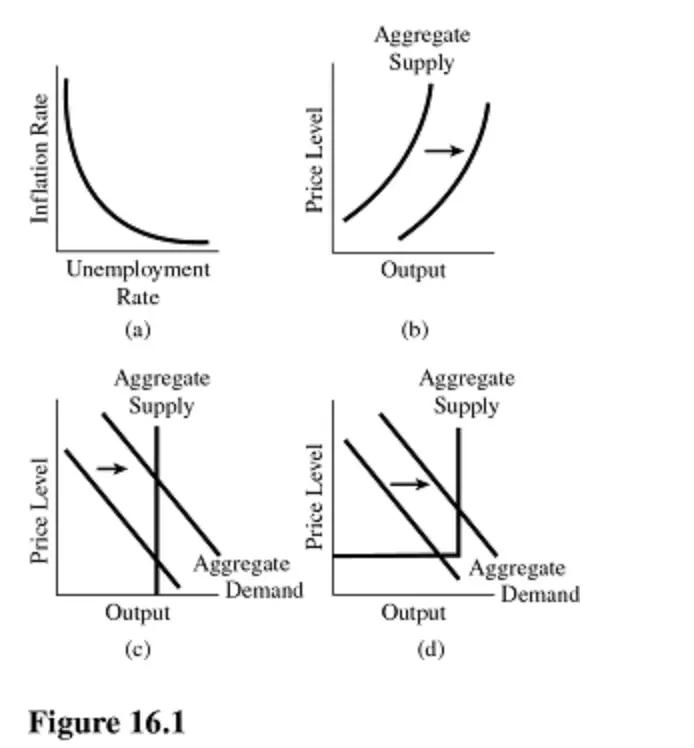DEMAND-SIDE FACTORS AFFECTING PRICES
Introduction:
In recent times, if you’ve noticed the cost of your grocery basket or your monthly expenses creeping up, you’re not alone. Price rise, or inflation, is a common concern for many households in India. While various factors contribute to this economic phenomenon, one significant aspect is the demand-side factors. Let’s delve into what these factors are and how they influence prices in India.
An increase in aggregate demand-side factors is often a cause of rise in general price level. The price rise in India during the planning period also falls in this category. Increased public expenditure, in most cases supported by indiscriminate deficit financing at times when the supply of goods was not increasing, has caused inflationary price rise.

1.Increase in public expenditure:

The public expenditure in India has increased during the planning period and has thus generated considerable inflationary pressures. From 15.3 per cent of GDP in 1960-61, it rose to 17.2 per cent in 1970-71, to 25.6 per cent in 1980-81 and further to 29.3 per cent in 2016-17. At present approximately 40 per cent of the government expenditure in India is on non- developmental activities.
No doubt , defence and maintenance of law and order are essential services for the stability of the society. At the same time, it must not be forgotten that due to their unproductive nature, expenditure on these activities results in inflationary price rise. The government expenditure on non-developmental services, by putting purchasing power into the hands of its employees, creates demand for goods and services, but it does nothing whereby their supply could increase.
Under these circumstances, the general price level shows an inevitable tendency to rise. It is now generally agreed that the reckless increase in the government expenditure, particularly on account of large interest payments, defence expenditure and various types of unwarranted subsidies has led to large budget deficit which in turn has generated considerable inflationary pressures.
2.Deficit financing:

When a government is not able to raise adequate revenue for its expenditure, it can meet its deficit by borrowing funds from the banking system. This technique of resource mobilisation is called deficit financing. For the purpose of economic development, the government has not shown the necessary will to raise the required amount of capital through taxation though savings have steadily increased.
Under these circumstances, there could be no escape from deficit financing. Under the Second and the Third Five Year Plans, the deficit financing had amount to RS 954 crore and RS 1,133 crore respectively. Deficit financing of this size in a period of relatively slow growth turned out to be inflationary. Later on, even when the economy was overtaken by a deep crisis, the reliance on deficit financing was no less.
In a period of eight years from 1966 to 1974, deficit financing amounted to RS 2,736 crore. The economy at this juncture had little capacity to bear this burden. But the government unmindful of the consequences, further indulged in indiscriminate deficit financing causing irreparable damage to the economy. During the Fifth Plan period, deficit financing amounted to RS 3,560 crore.
Even in the recent years, when the economy has been under tremendous inflationary pressure, recourse to deficit financing has been a normal practice. The Sixth Plan had contemplated a deficit financing of RS 5,000 crore. However, the actual deficit financing during the Sixth Plan period was RS 15,684 crore. Reliance on deficit financing was no less under the Seventh Plan.
As against the contemplated deficit financing of RS 14,000 crore in the Seventh Plan, the actual deficit financing was of the order of RS 34,669 crore. During the Eighth Plan period the budgetary deficit was as large as RS 61,134 crore which rose further to RS 1,06,983 crore in the Ninth Plan.
However, the situation improved during the Tenth Plan period. While the first year of this Plan 2002-03 recorded a deficit of RS 3,042 crore, all other years recorded substantial surplus with the result that over this Plan (as a whole), there was an overall budgetary surplus of RS 1,10,208 crore. The first year of the Eleventh Plan (2007-08) also had a budgetary surplus of RS 12,430 crore. However, there was substantial deficit in all other years (excepting 2009-10). The overall deficit in the Eleventh Plan was RS 1,85,552 crore.
Population Growth:
India’s population has been steadily increasing over the years, leading to higher demand-side factors for goods and services. With more mouths to feed and more needs to fulfill, the demand-side factors for essential commodities like food, clothing, and shelter surges. This increased demand-side factors puts pressure on prices, causing them to rise.

Rising Income Levels:
As the Indian economy grows, so does the income levels of its citizens. With more disposable income in hand, people tend to spend more on various goods and services, leading to increased demand. This rise in purchasing power can drive up prices, especially for luxury items and premium services.
Urbanization:
India is witnessing rapid urbanization, with more people moving from rural areas to cities in search of better opportunities. Urban areas typically have higher living standards and greater access to a variety of goods and services. This shift in population distribution creates a higher demand-side factors for urban-centric products and services, leading to price increases.
Changing Consumer Preferences:
With globalization and exposure to international trends, Indian consumers are becoming more discerning in their choices. They seek products that align with their evolving lifestyles and aspirations. As a result, there is a growing demand for premium and niche products, which can drive prices higher due to their exclusivity and higher production costs.
Seasonal and Cyclical Trends:
Certain goods are subject to seasonal fluctuations in demand-side factors. For example, during festivals or special occasions, the demand for specific items like sweets, gifts, or clothing may soar, causing temporary price hikes. Similarly, cyclical trends in industries like agriculture or manufacturing can impact the availability and pricing of goods in the market.

Government Policies and Regulations:
Government policies and regulations can also influence demand-side factors. Measures such as subsidies, taxation, import/export policies, and price controls directly impact consumer behavior and market dynamics. Changes in these policies can either stimulate or dampen demand, affecting prices accordingly.
Conclusion:
Understanding the demand-side factors driving price rise in India is crucial for policymakers, businesses, and consumers alike. By recognizing the influence of population growth, rising income levels, urbanization, changing consumer preferences, seasonal/cyclical trends, and government policies, stakeholders can devise strategies to mitigate inflationary pressures. Ultimately, fostering sustainable economic growth while ensuring affordability and accessibility of essential goods and services remains a collective endeavor for all.